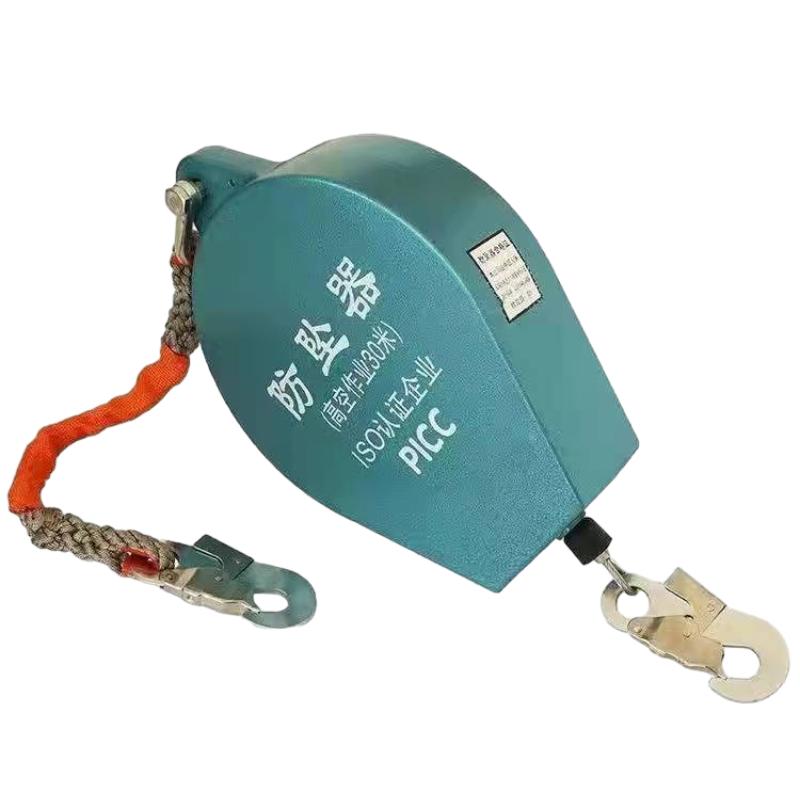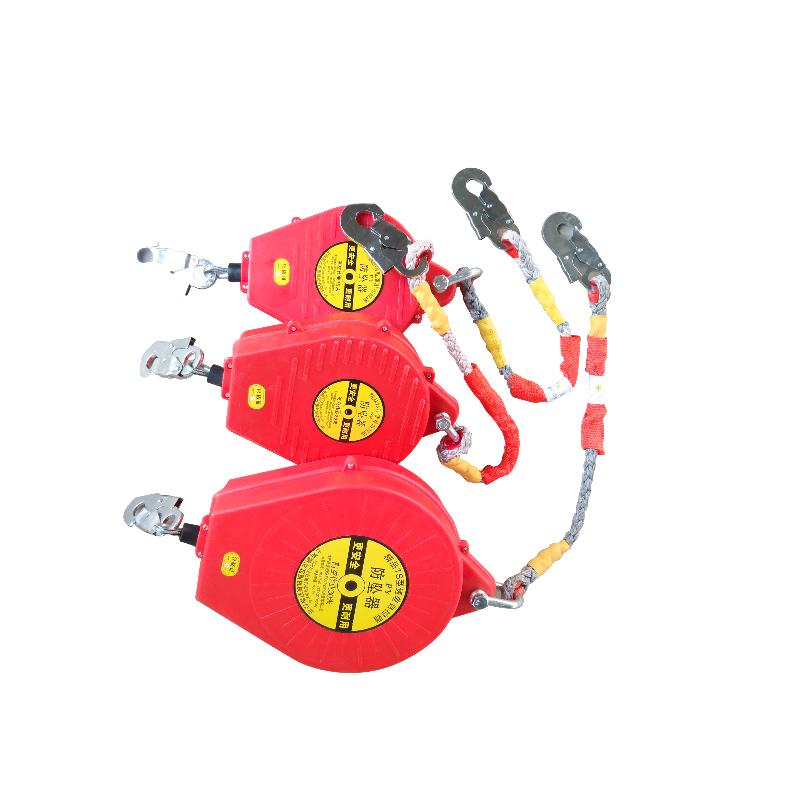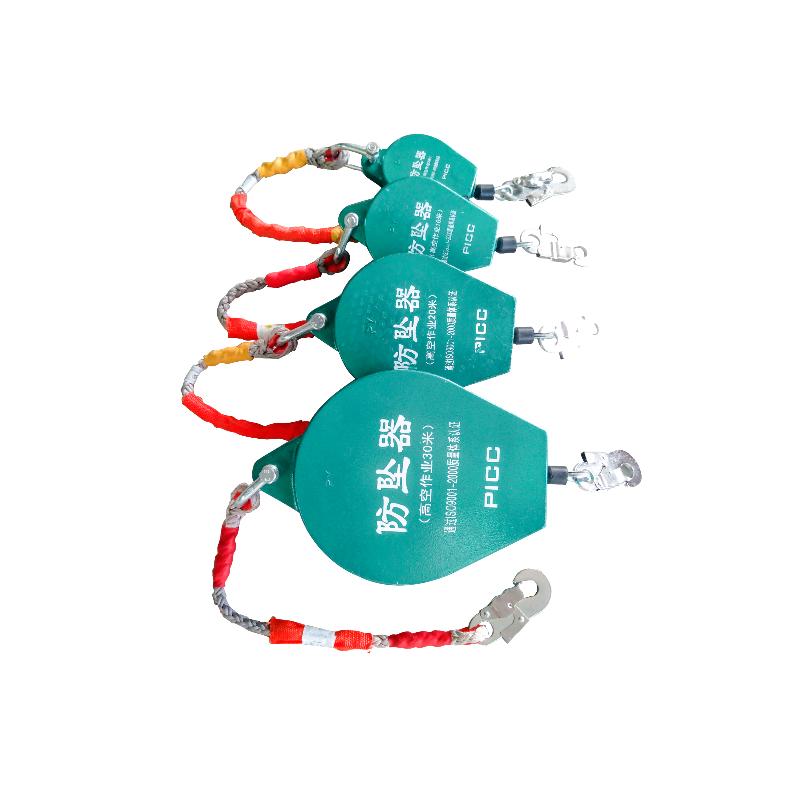


I’ve watched dropped-object tolerance go from “don’t let it happen” to “design it out.” The anti fall arrester—sometimes called a self-locking lifeline for loads—sits right in that shift. In plain terms, it senses a sudden acceleration and locks a steel cable within a short distance, arresting the drop of tools, fixtures, or suspended components. Origin-wise, this model comes from Donglv Industrial Zone, Donglu Township, Qingyuan District, Baoding City, Hebei Province; I’ve been there—busy, practical manufacturing culture.

| Product name | Anti Fall Arrester (Self-locking Lifeline for loads) |
| Working load | 150–300 kg (≈330–660 lb), real-world use may vary by mounting |
| Cable | Galvanized steel, Ø ≈ 4–6 mm; abrasion-resistant guide |
| Mechanism | Centrifugal brake + pawl, auto lock on sudden acceleration |
| Arrest distance | Typically < 0.5–1.2 m depending on load and slack |
| Housing | Aluminum or reinforced polymer; IP-rated options on request |
| Standards benchmark | Drop-prevention per ANSI/ISEA 121; dynamic tests referencing EN 360 methodology for performance |
| Service life | Up to 5–10 years or arrest-count limit (inspect before each use) |
Materials: alloy-steel pawls and cams (heat-treated), precision springs, galvanized or stainless cable, CNC-machined hubs, sealed bearings. Methods: shot-peening, salt-spray corrosion checks, and final-line function tests. Testing: static proof at 1.25–1.5× WLL, dynamic drop tests per EN 360-style protocols, and cycle testing (≈5–10k retractions). Service environments: -20 to +50 °C typical.
Note: this anti fall arrester is for loads and tools. For personal fall arrest, use certified SRLs explicitly rated for people, per ANSI/ASSP Z359 and EN 360.

Advantages: quick lock, compact, less downtime from “near-miss” drops, and insurance folks sleep better. Many customers say the reset is straightforward—usually a visual inspection, retract, and you’re back on task.
| Vendor | Origin | Certificates | Lead time | Customization | After-sales |
|---|---|---|---|---|---|
| QY Juli (Hebei) | Baoding, China | Factory ISO 9001; test reports vs ANSI/ISEA 121, EN 360 | Around 15–30 days | Load range, cable length, housing, IP options | Spare kits, inspection guide |
| Regional Fabricator | Local | Limited; in-house tests | 7–21 days | Some customization | On-site support |
| Generic Importer | Mixed | Varies; request data | Stock-dependent | Minimal | Email-only |
Custom options I’ve seen work: extended cable (10–25 m), stainless for coastal plants, high-temp springs for foundries, and indicator tags that flag an arrest event. Typical test data for a 200 kg load: peak arrest force ≈ 3–5 kN; arrest distance ≈ 0.7 m; reset time < 60 s after inspection.
A wind OEM retrofitted six anti fall arrester units above a nacelle tooling bay. Result over 9 months: zero dropped-tool incidents, two recorded arrests (no damage), and a 23% cut in downtime related to near-miss reports. Feedback was almost boringly positive—“install and forget”—which is exactly what you want in safety hardware.

Use this anti fall arrester within rated load, inspect daily, and log any arrest event. For personal fall protection, switch to SRLs certified to ANSI/ASSP Z359 or EN 360. For dropped-object programs, align with ANSI/ISEA 121 and OSHA’s PPE/general duty requirements.



